Pilgrim pope completes final journey
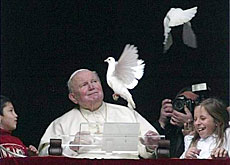
Up to two million pilgrims are expected to descend on Rome for the funeral of Pope John Paul II, who died on Saturday night, aged 84.
swissinfo looks at the life of a pontiff, who headed the Catholic Church for 26 years – the third longest tenure of any pope.
John Paul II became known as the “pilgrim pope” because of his frequent global travels. In total he notched up 104 trips to around 130 countries.
One of his last visits was to Switzerland in June 2004, shortly after his 84th birthday. Frail and sick, the Pope cut a very different figure from when he last visited the country 20 years earlier.
Although his final Swiss visit sparked debate about the Pontiff’s ability to continue in office, it was a major success for the Swiss Catholic Church. Around 70,000 people turned out for a Mass celebrated by the Pope in Bern – 20,000 more than expected.
Early life
Karol Josef Wojtyla was born near the Polish city of Krakow in 1920 and became the first non-Italian to be elected pope in October 1978.
His election followed the death of Pope Paul VI in August of that year and the unexpected passing away of his successor, Pope John Paul, who died after just 33 days in office.
Aged 58 when he took office, John Paul II was the youngest pope of the 20th century.
He went on to become the first pontiff to visit a synagogue and to attend a memorial service for victims of the Holocaust at the former Nazi concentration camp, Auschwitz.
Athletic youth
In his youth, Karol Wojtyla was an enthusiastic sportsman who skied, hiked, kayaked and swam regularly. He later developed an interest in acting and in 1938 began studying theatre and poetry at the University of Krakow.
He escaped deportation and imprisonment following Germany’s invasion of Poland at the beginning of the Second World War by undertaking manual labour in a stone quarry and chemical plant.
Wojtyla’s father did not live to see his son ordained into the Catholic priesthood in November 1946. But in later life, John Paul II would often recall what his father had told him shortly before his death: “I will not live long and I would like to be certain before I die that you will commit yourself to God’s service.”
He quickly progressed through the ranks of the Catholic Church, becoming an archbishop in 1964 and a cardinal in 1967.
Election as Pontiff
Nowhere was the papal election of John Paul II greeted more enthusiastically than in Poland, which was still under communist rule in 1978.
As a cardinal, Wojtyla had clashed with Poland’s communist authorities, and his opposition to communism continued after he was made Pope.
On his death, many of the tributes credited him with hastening the end of communism. Lech Walesa, former Polish president and Solidarity leader said: “[Without him] there would be no end of communism or at least much later and the end would have been bloody.”
John Paul II never forgot that he was the leader of nearly one billion people. He made it his task to visit the Church in every part of the world and clocked up more globetrotting miles than any of his predecessors.
He survived an assassination attempt in 1981 when he was shot and seriously wounded by a Turkish gunman, Mehmet ali-Agca, in St Peter’s Square. He immediately pardoned his attacker and later visited him in prison.
One of his most celebrated overseas visits came in 1998, when the Pope visited Cuba and had a private audience with the country’s leader, Fidel Castro.
September 11
In 2001, the Pope issued an emotional and hard-hitting condemnation of the September 11 terrorist attacks on the United States, describing them as an “offence against God” and an “intolerable crime”.
John Paul II made history in November of the same year when he gave the first papal address over the internet. He used the occasion to apologise to victims of sexual abuse committed by Catholic clerics.
Pope John Paul II will probably be remembered as a theological conservative, who refused to permit any easing of the Church’s traditional teaching on sexual morality.
Despite increasing physical frailty during the last years of his tenure – he suffered from Parkinson’s disease and arthritis – John Paul II remained determined to serve in office until his death.
swissinfo
Biography of Pope John Paul II:
May 18, 1920: Born Karol Jozef Wojtyla in Wadowice, Poland.
November 1, 1946: Ordained a priest after completing theology studies in Krakow.
1948: Completes doctorate in theology.
July 4, 1958: Appointed auxiliary bishop of Krakow.
January 13, 1964: Nominated archbishop of Krakow.
June 26, 1967: Made cardinal by Pope Paul VI.
October 16, 1978: Becomes Pope John Paul II.

In compliance with the JTI standards
More: SWI swissinfo.ch certified by the Journalism Trust Initiative
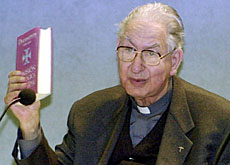
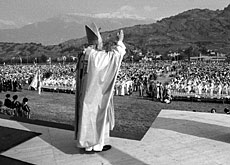
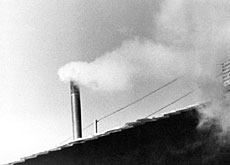
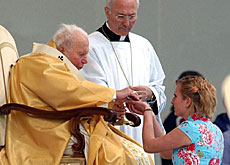
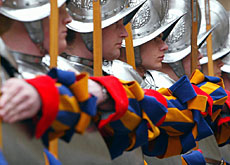
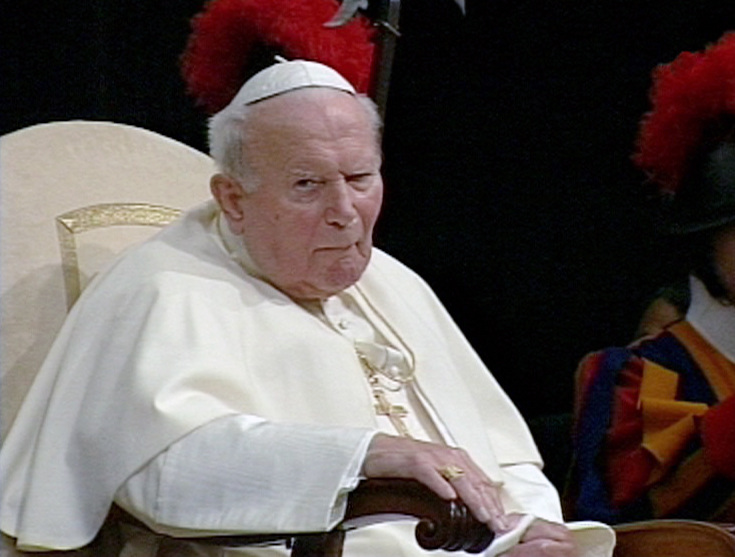
You can find an overview of ongoing debates with our journalists here. Please join us!
If you want to start a conversation about a topic raised in this article or want to report factual errors, email us at english@swissinfo.ch.